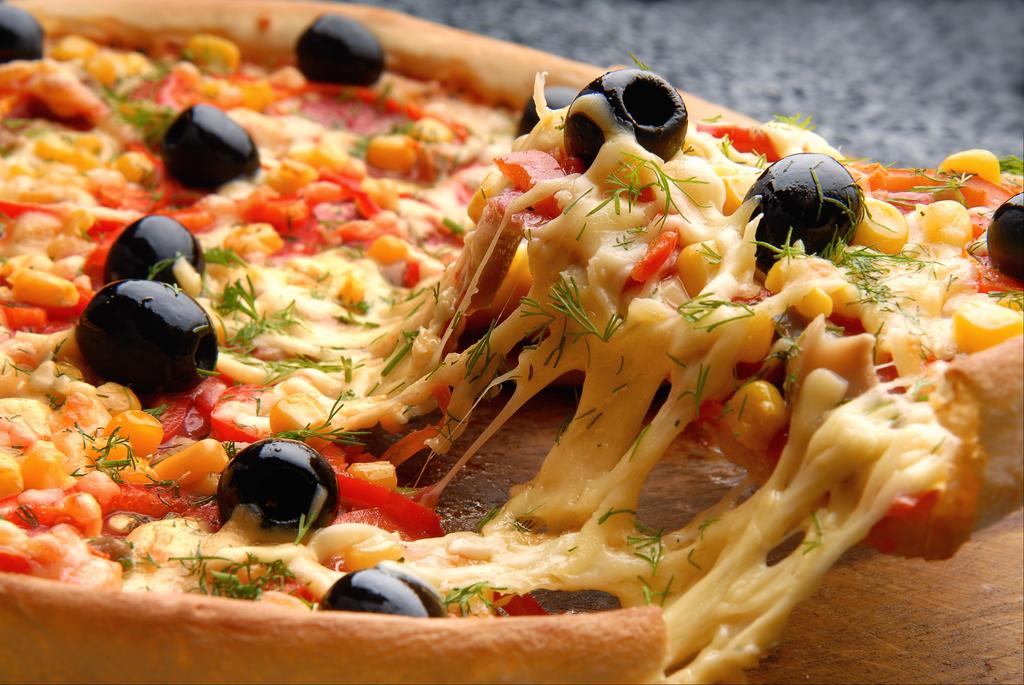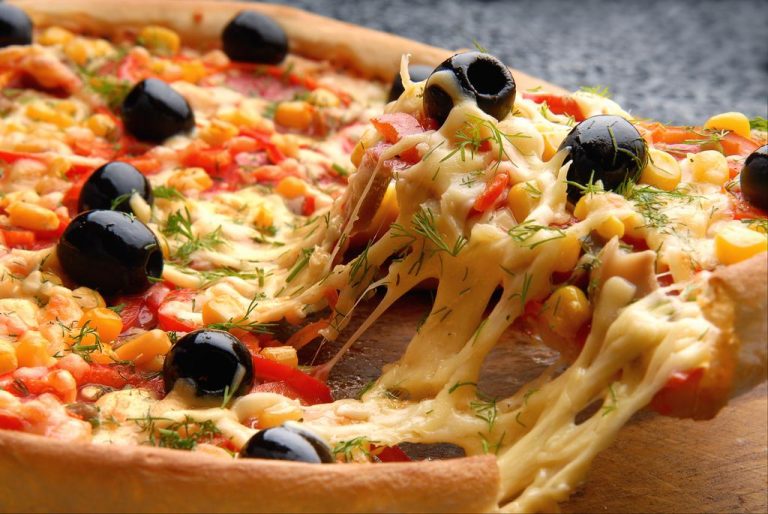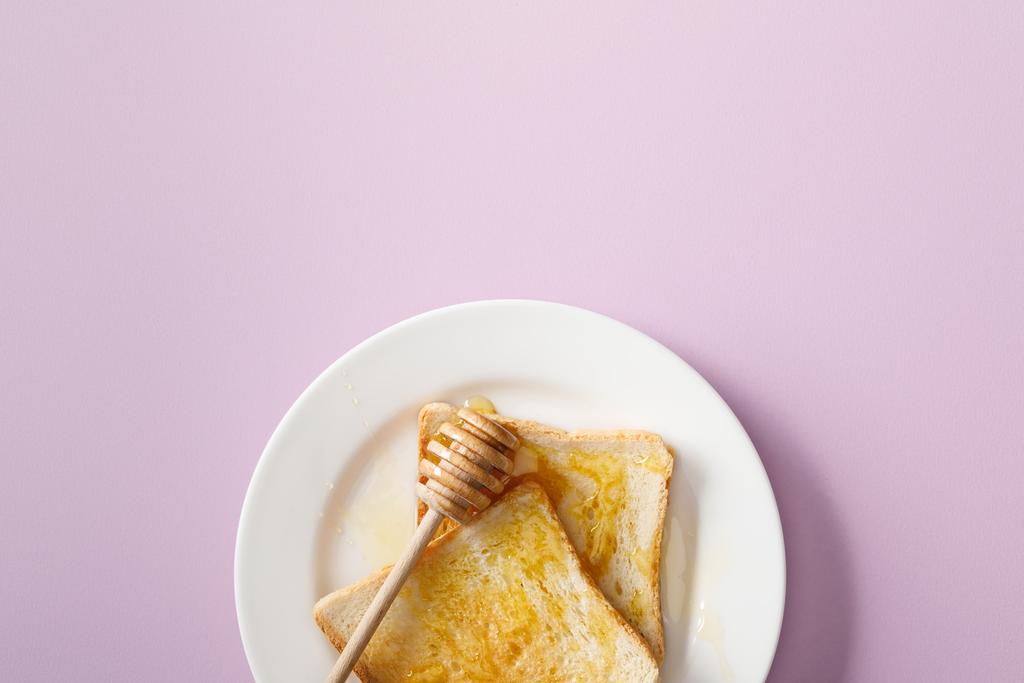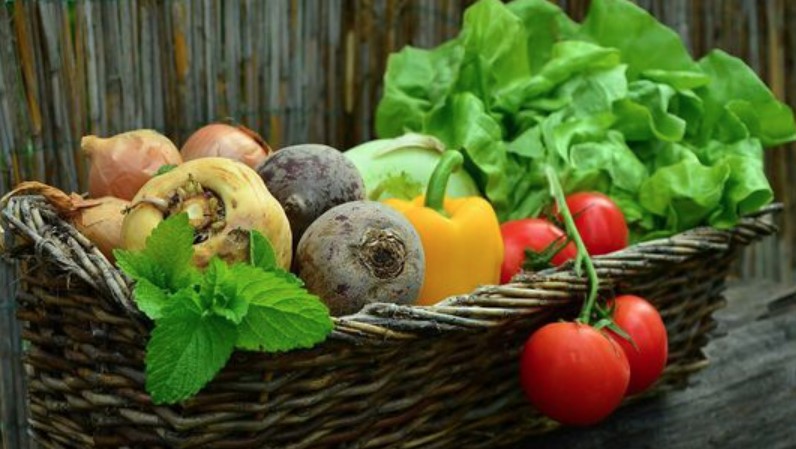Pizza always works. Many of us love to eat them – albeit with a guilty conscience. Because frozen pizza doesn’t have a good reputation: it’s unhealthy, the ingredients are anything but regional, and frozen pizza is also supposedly bad for the climate. We looked into the question of whether there are “better” pizzas.
Frozen pizzas are all the rage. Every eats an average of 13 frozen pizzas a year, and the trend is rising. The favorite variety: salami.
Nevertheless, more and more people are asking themselves when buying pizza: Is ready-made pizza from the freezer okay at all? The suspicion: it has a lot of calories, a bad environmental balance, ingredients that have been widely traveled. We investigated whether frozen pizza really is as bad as it’s made out to be.

Is there a “better pizza” at all?
Our research shows: the range in the freezers of supermarkets and discounters is large, but anyone looking for sustainable frozen pizzas beyond the salami and margarita mainstream has a hard time. Nevertheless: There is now a small and fine selection of organic pizzas, vegan frozen pizzas and even climate-neutral pizzas.
How unhealthy is pizza really?
Whether organic or climate-neutral – pizza is not really healthy, at least not in the frozen version. Due to the mostly white flour, it contains a lot of carbohydrates, but hardly any fiber and few vital substances.
Conventional pizza contains many additives
The list of ingredients for 0815 frozen pizzas contains additives such as antioxidants, stabilizers, acidifiers, emulsifiers and other processed ingredients such as extracts, modified starch or up to six different types of sugar, criticizes the consumer advice center.
Each pizza contains up to 14 grams of sugar. Healthy is different.
Pizza = calorie bomb
Pizzas from the freezer are real calorie bombs – a pizza often contains more than 800 calories. Since people tend to eat up what’s on the plate, moderation is difficult here. If you want to take care of your health and figure, it is better to only eat half or two-thirds of the pizza and save the rest for the next day or two. Families can easily share pizzas and save calories.







